The single-arm overhead press—also known as the one arm shoulder press—is a powerhouse movement for building upper body strength, stability, and coordination. Whether you’re using a dumbbell, kettlebell, or resistance band, this unilateral exercise challenges more than just your shoulders. Let’s break down the key muscles worked and the unique benefits of incorporating it into your training.
Muscles Worked in the Single-Arm Overhead Press
At first glance, the single-arm shoulder press appears to be a shoulder-dominant exercise—and it is. But the truth is, it recruits a wide network of supporting muscles throughout the body. Here's a breakdown of what gets activated:
-
Primary Muscles:
-
Deltoids (especially the anterior and medial heads)
-
Triceps brachii – helps extend the elbow as you press the weight overhead
-
-
Stabilizers and Synergists:
-
Upper traps – assist in shoulder elevation
-
Rotator cuff muscles – stabilize the shoulder joint
-
Core muscles (especially the obliques) – to counterbalance the one-sided load
-
Serratus anterior – contributes to scapular upward rotation
-
Glutes and legs – stabilize the lower body during standing presses
-
Because the load is only on one side, the single-arm press muscles worked include many stabilizers that often get overlooked in bilateral movements. Your body has to work harder to resist rotation and maintain an upright posture, making this exercise a true full-body challenge.
Top Benefits of the Single-Arm Shoulder Press
The one-arm shoulder press delivers a variety of functional and performance-based benefits:
-
Improved Shoulder Symmetry & Muscle Balance
Since each side works independently, it exposes and corrects imbalances between your left and right arms. -
Increased Core Engagement
Unlike a barbell overhead press, the single-arm version forces your obliques and transverse abdominis to engage, building rotational strength and trunk stability. -
Enhanced Shoulder Stability & Joint Health
By isolating each arm, your rotator cuff gets more activation, which helps strengthen and stabilize the shoulder joint—great for injury prevention. -
Better Transfer to Sports & Daily Life
Many real-world activities involve pushing or reaching with one arm at a time. The single-arm shoulder press mimics these motions, improving functional strength and control. -
Greater Range of Motion
Compared to barbell presses, single-arm variations typically allow a deeper stretch and a more natural pressing path—reducing stress on the joints.
Final Thoughts
If you’re looking to build shoulder strength, improve core stability, and eliminate muscular imbalances, the single-arm overhead press should be a staple in your workout routine. It's not just a shoulder builder—it's a full-body stability and power exercise that delivers serious results.
Whether you're performing the single-arm shoulder press seated, standing, or with a kettlebell for added instability, you're unlocking a wide range of benefits that go far beyond the delts. Start incorporating this move and feel the difference—one rep, one arm at a time.





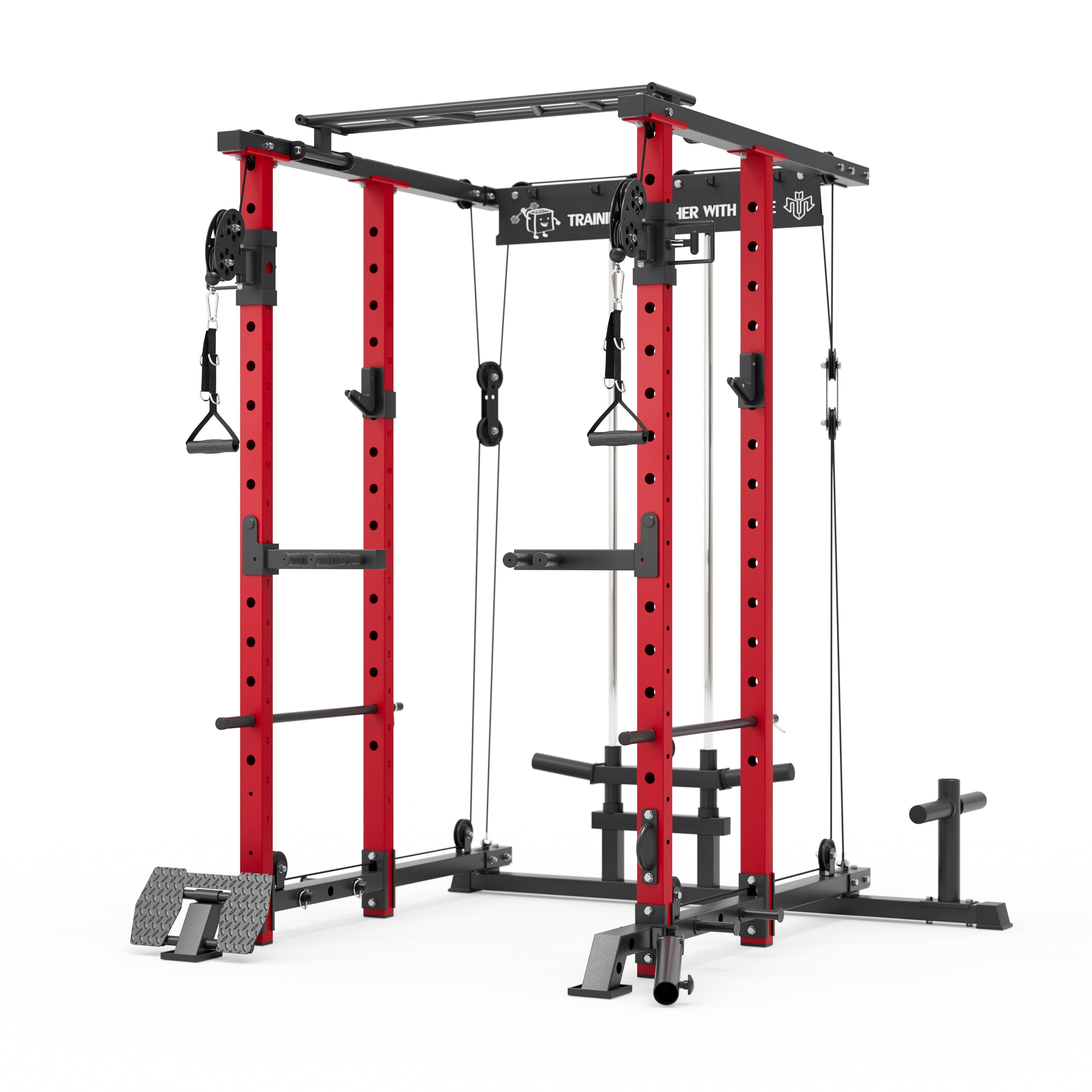
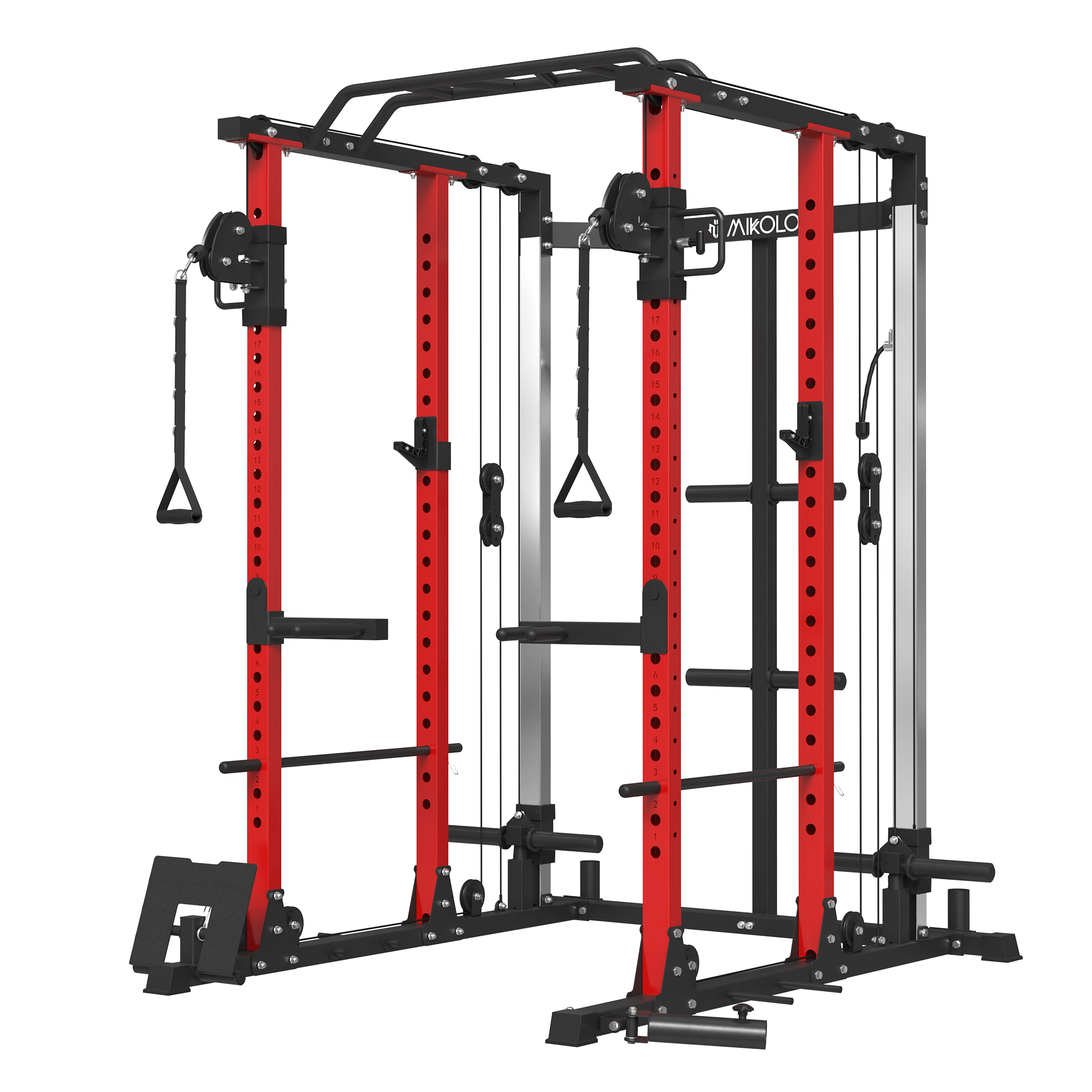

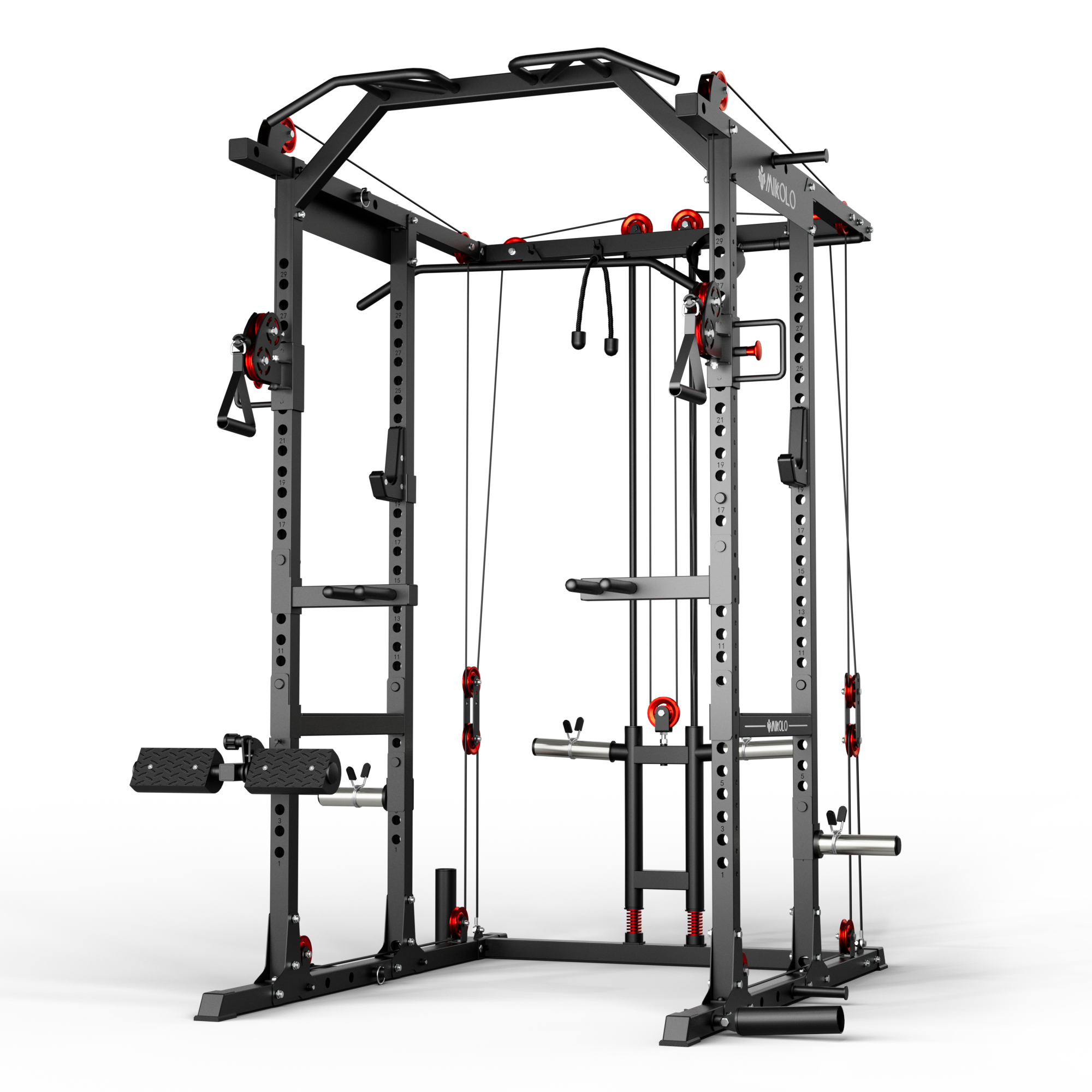
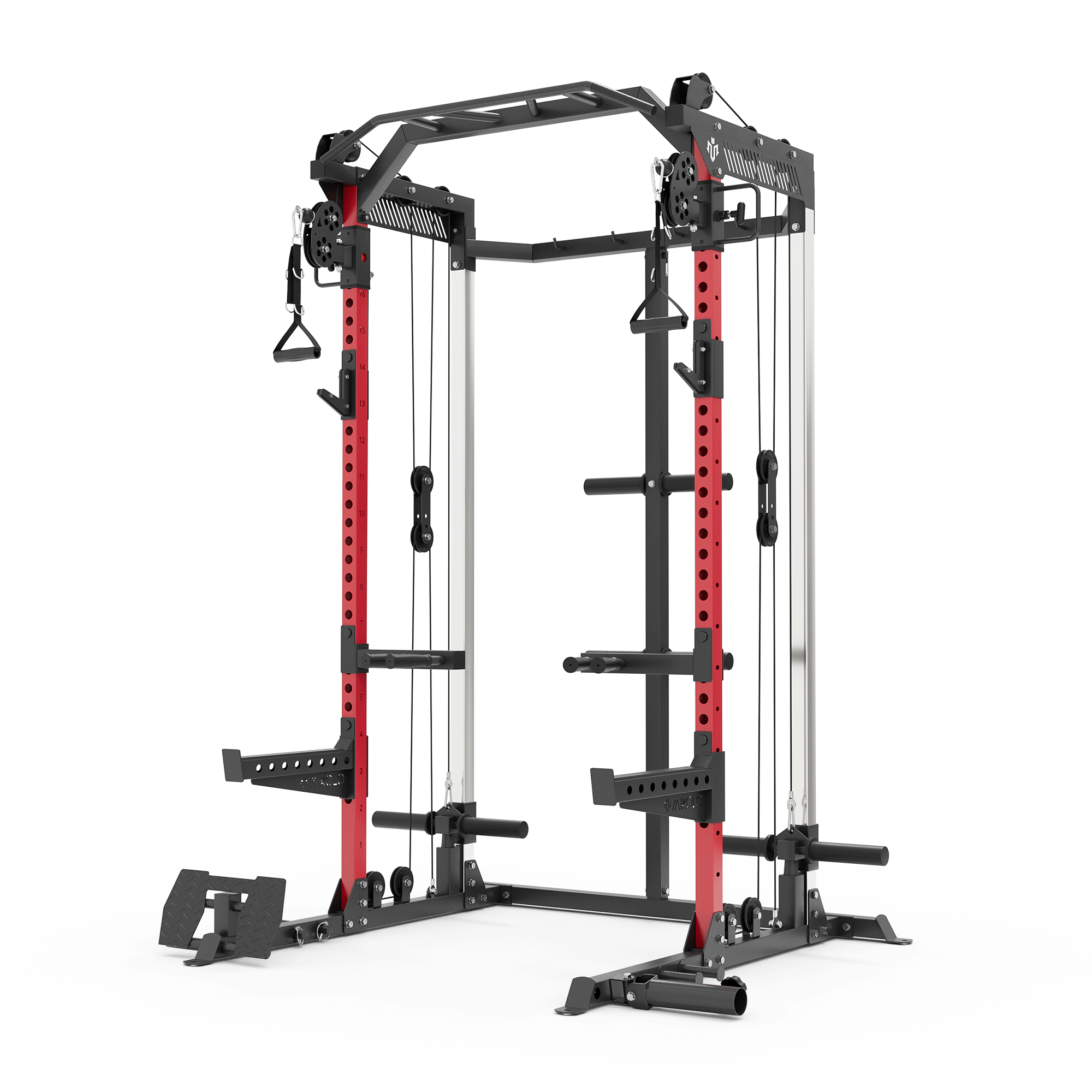
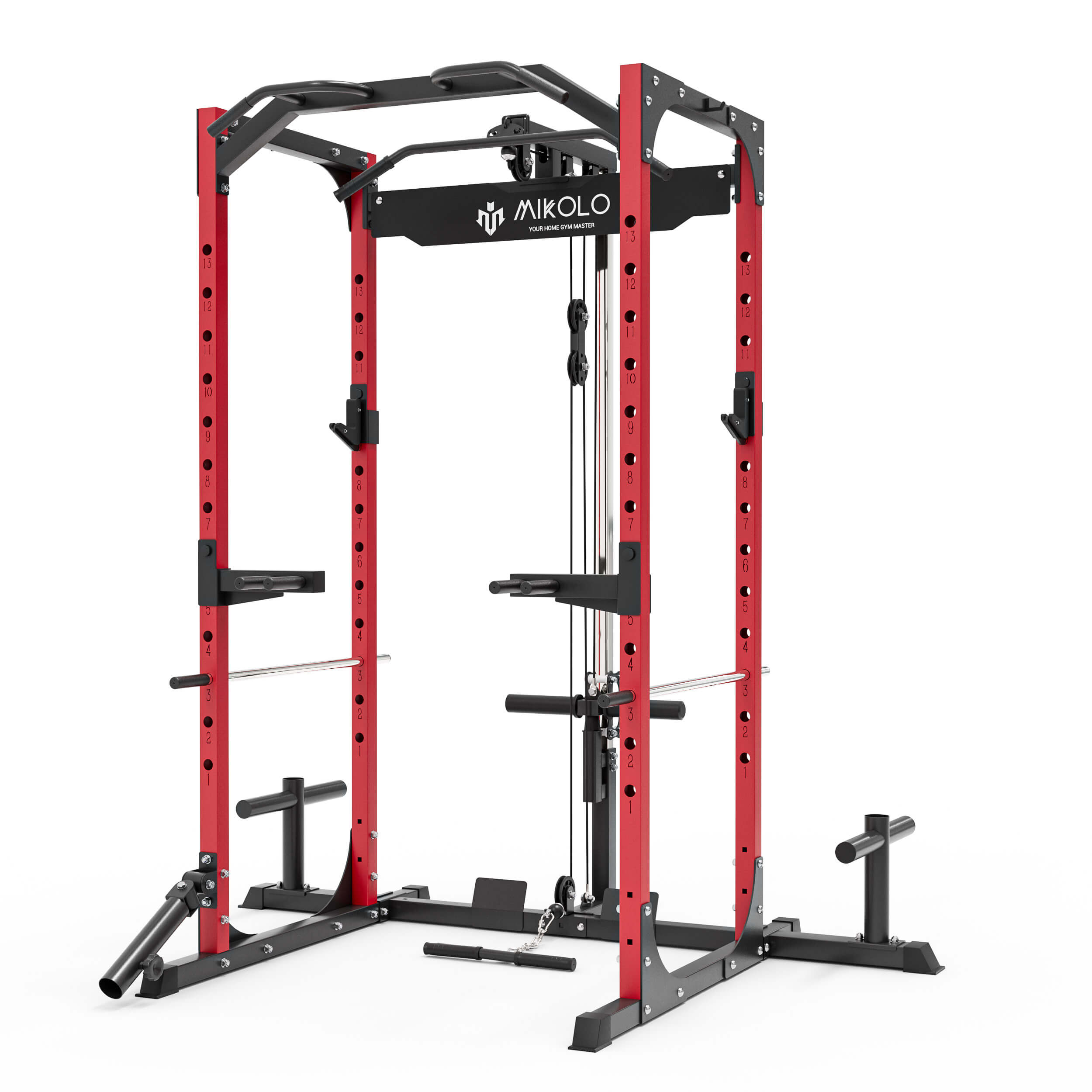




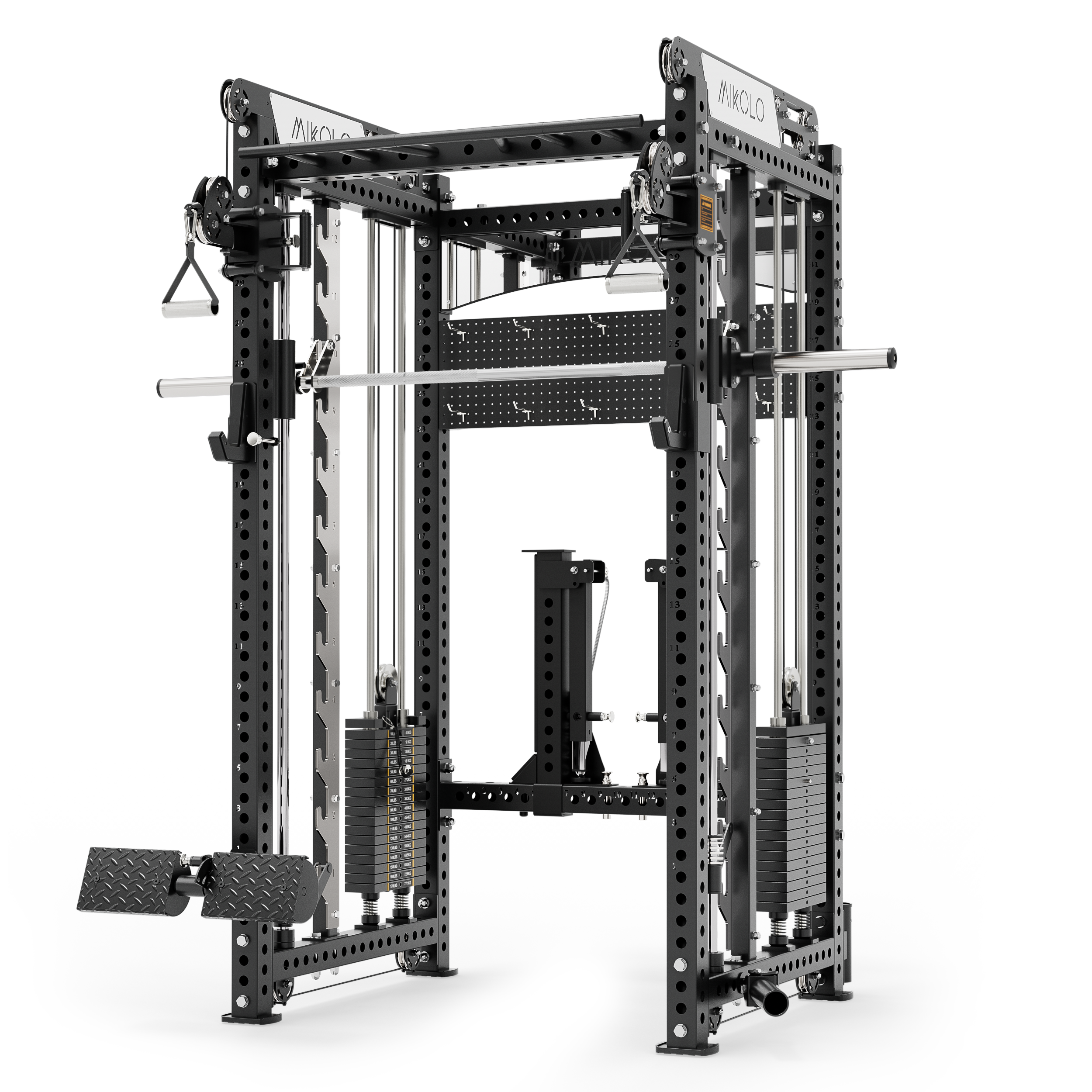
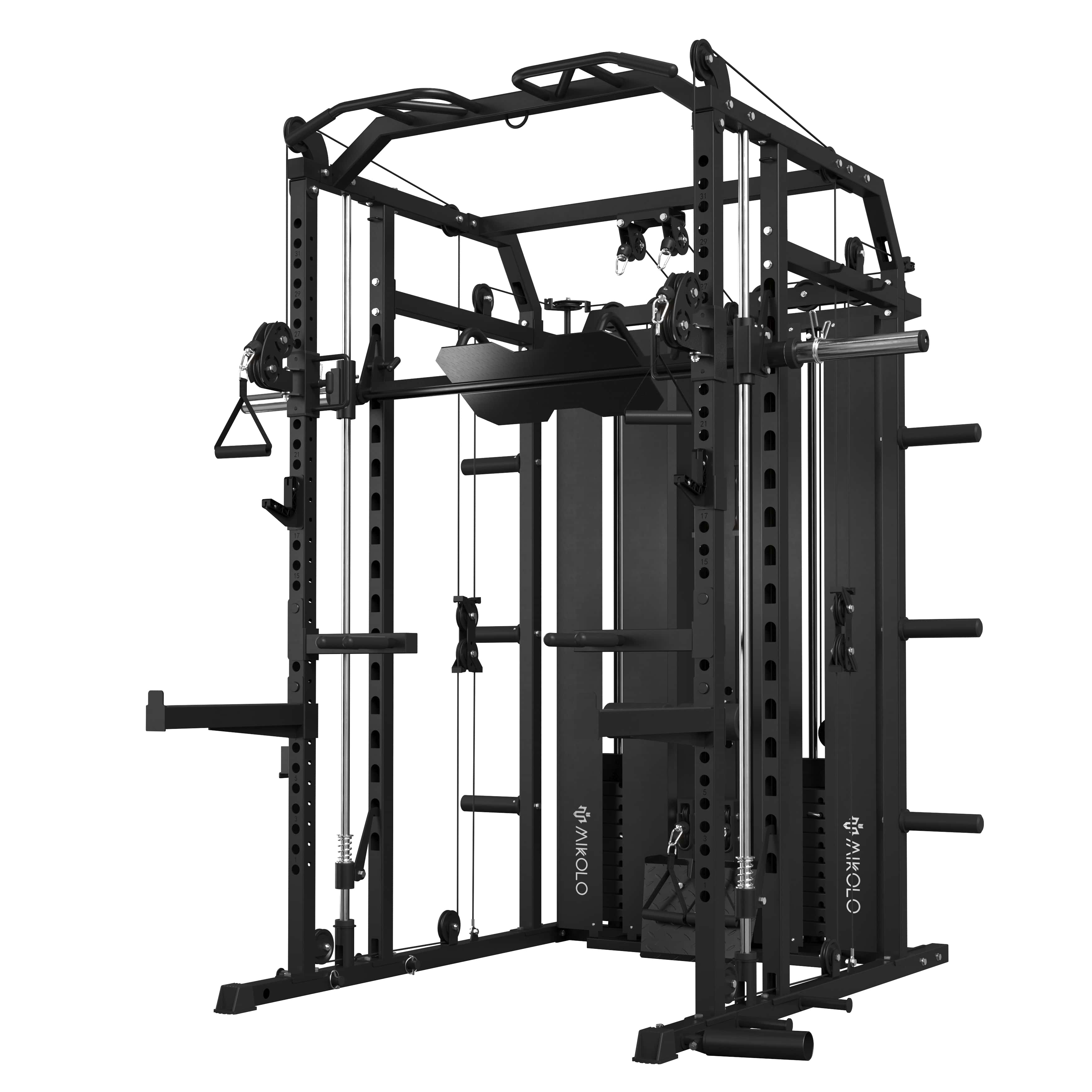
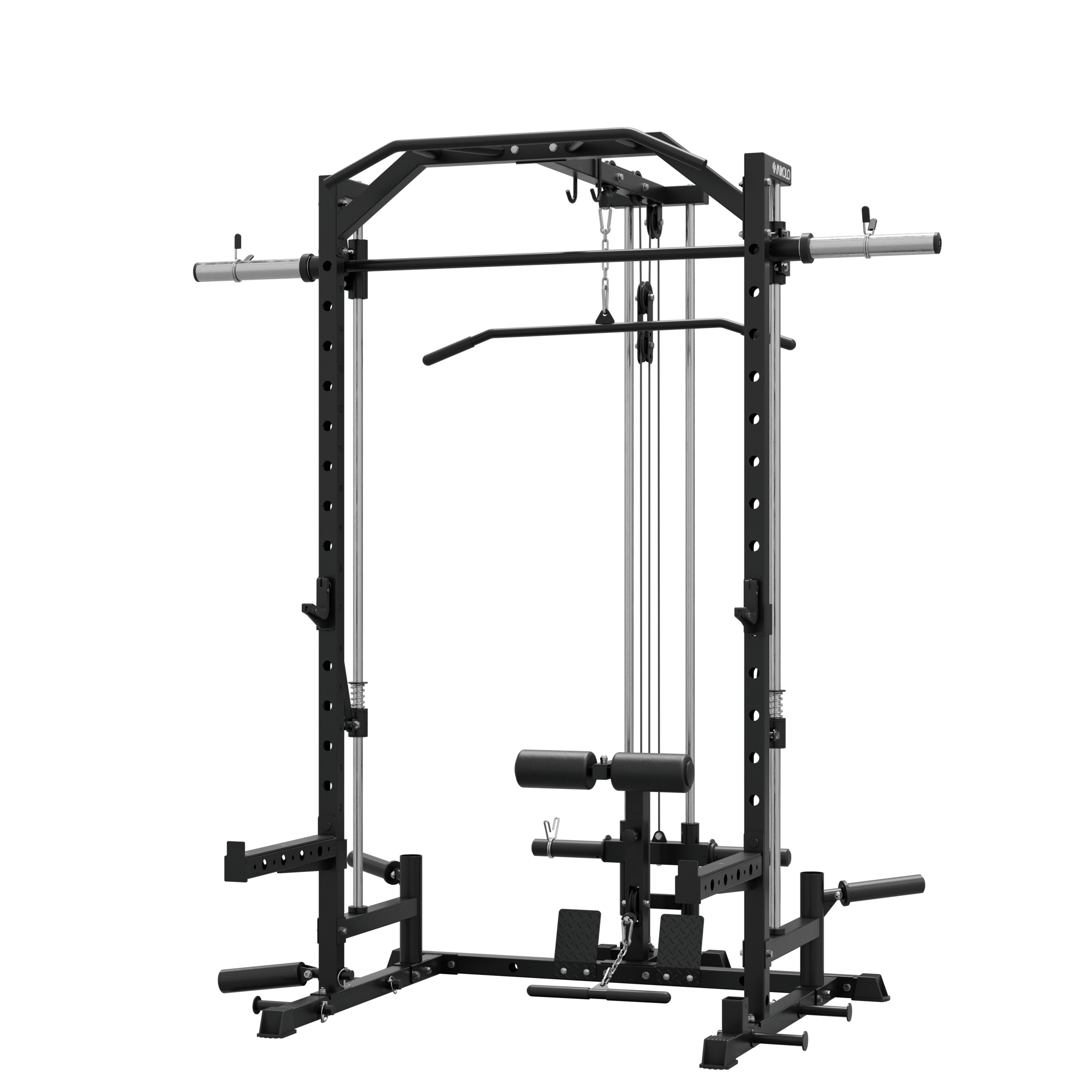
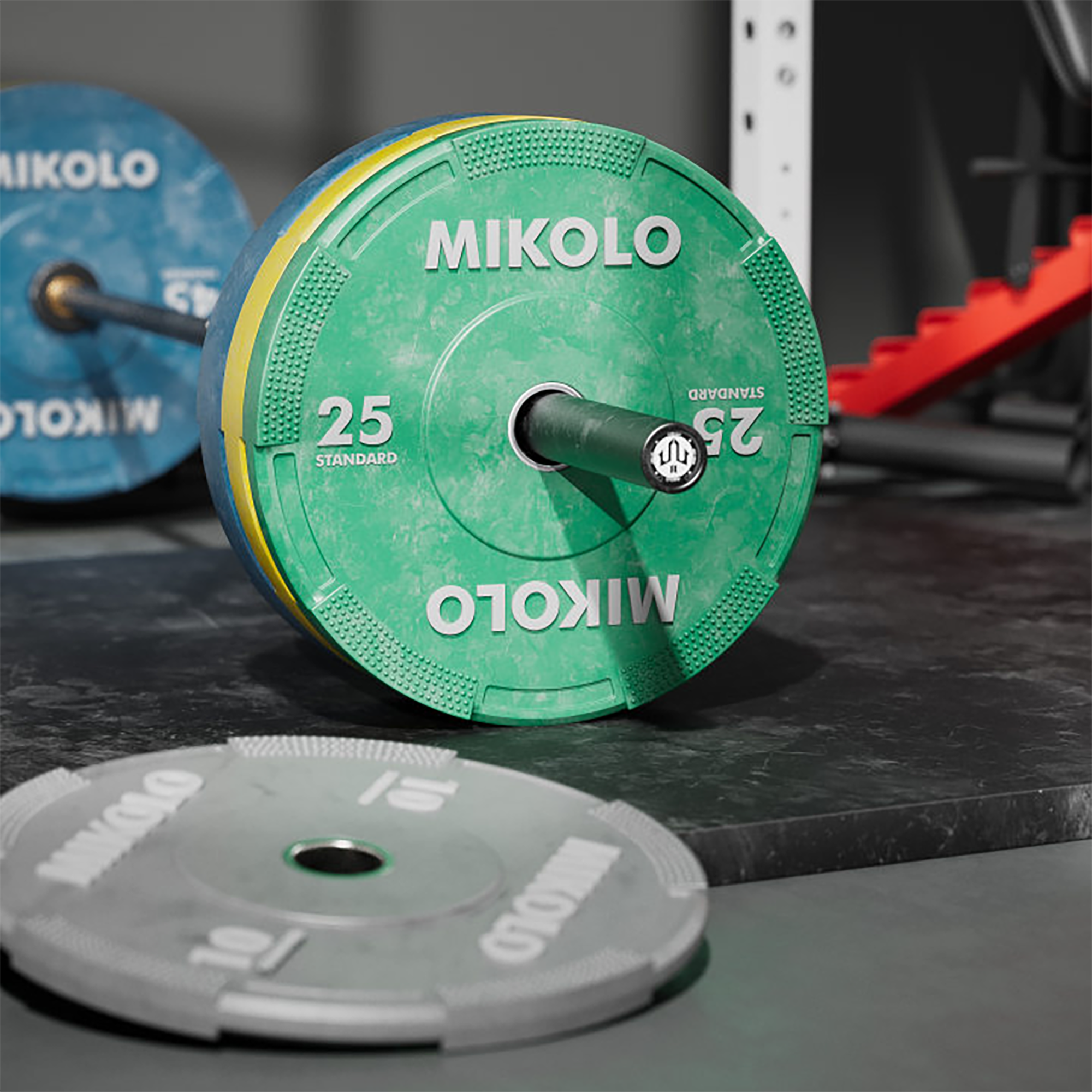


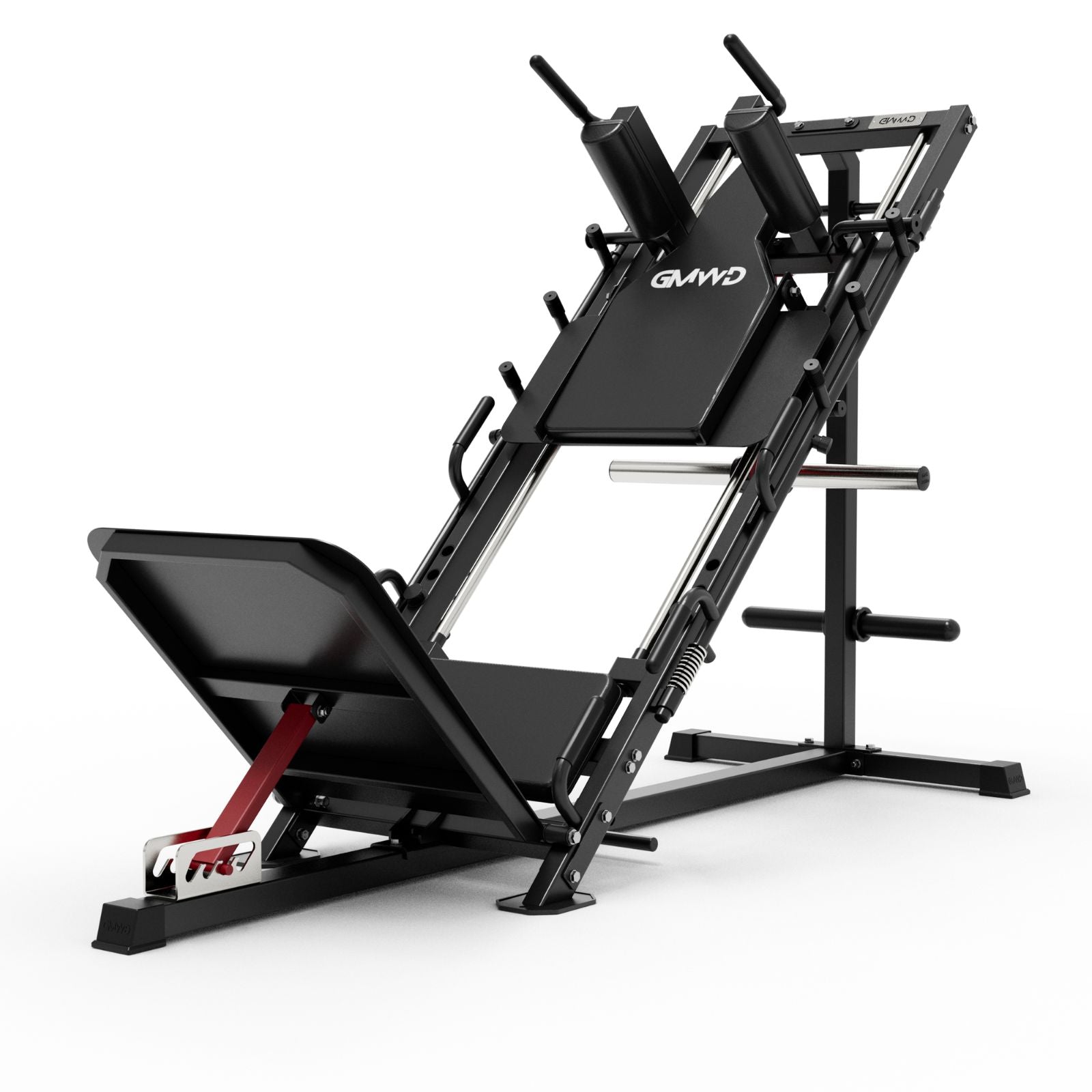


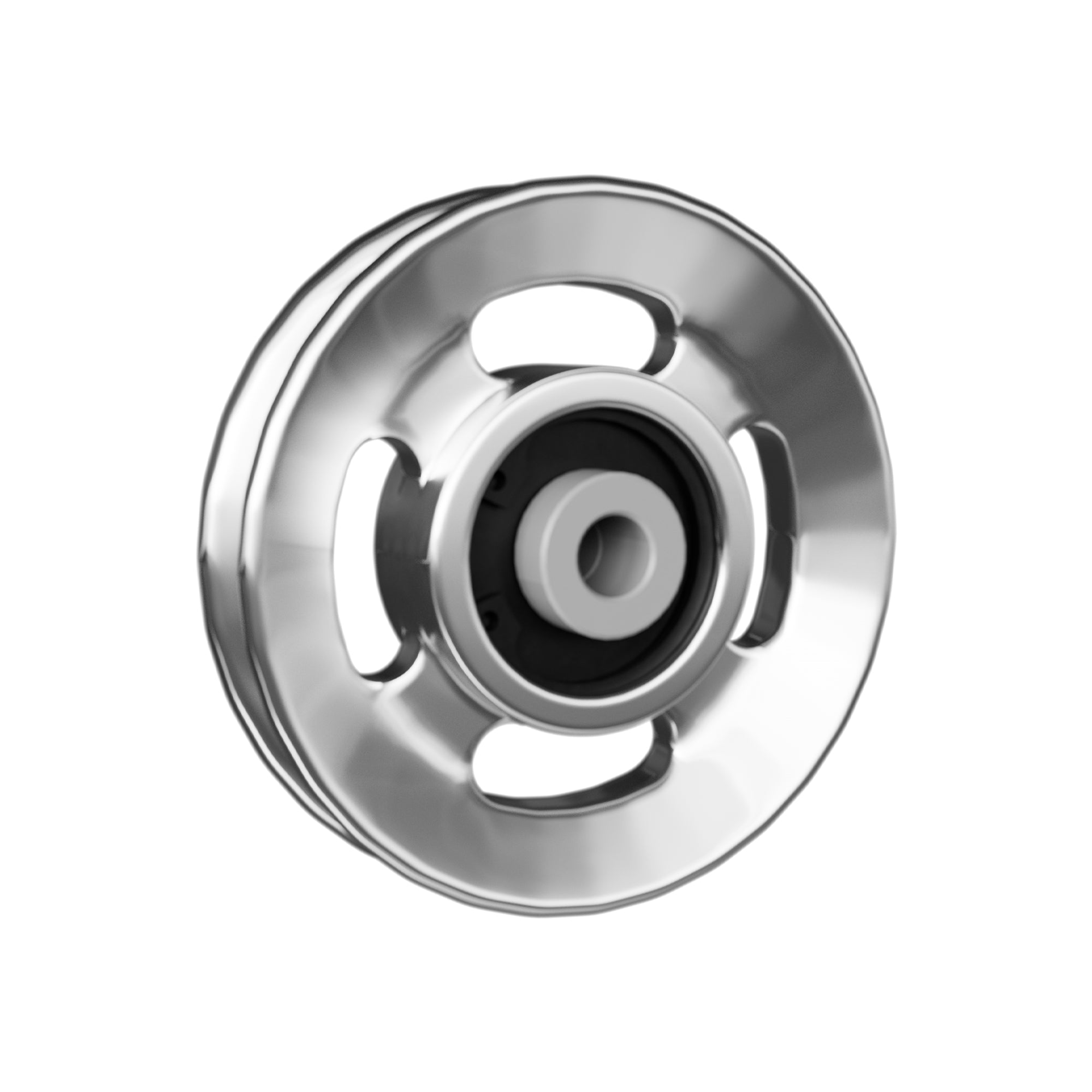
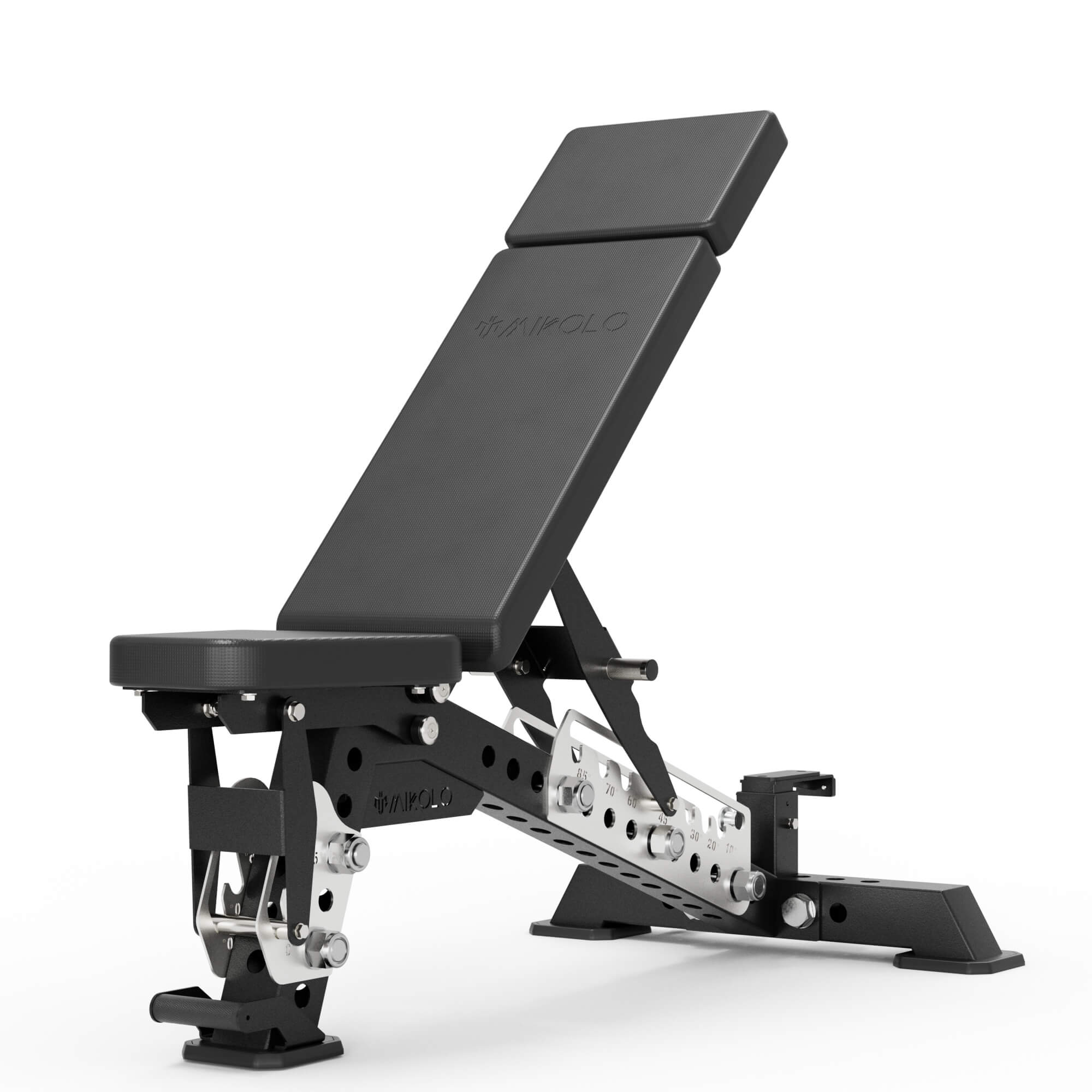
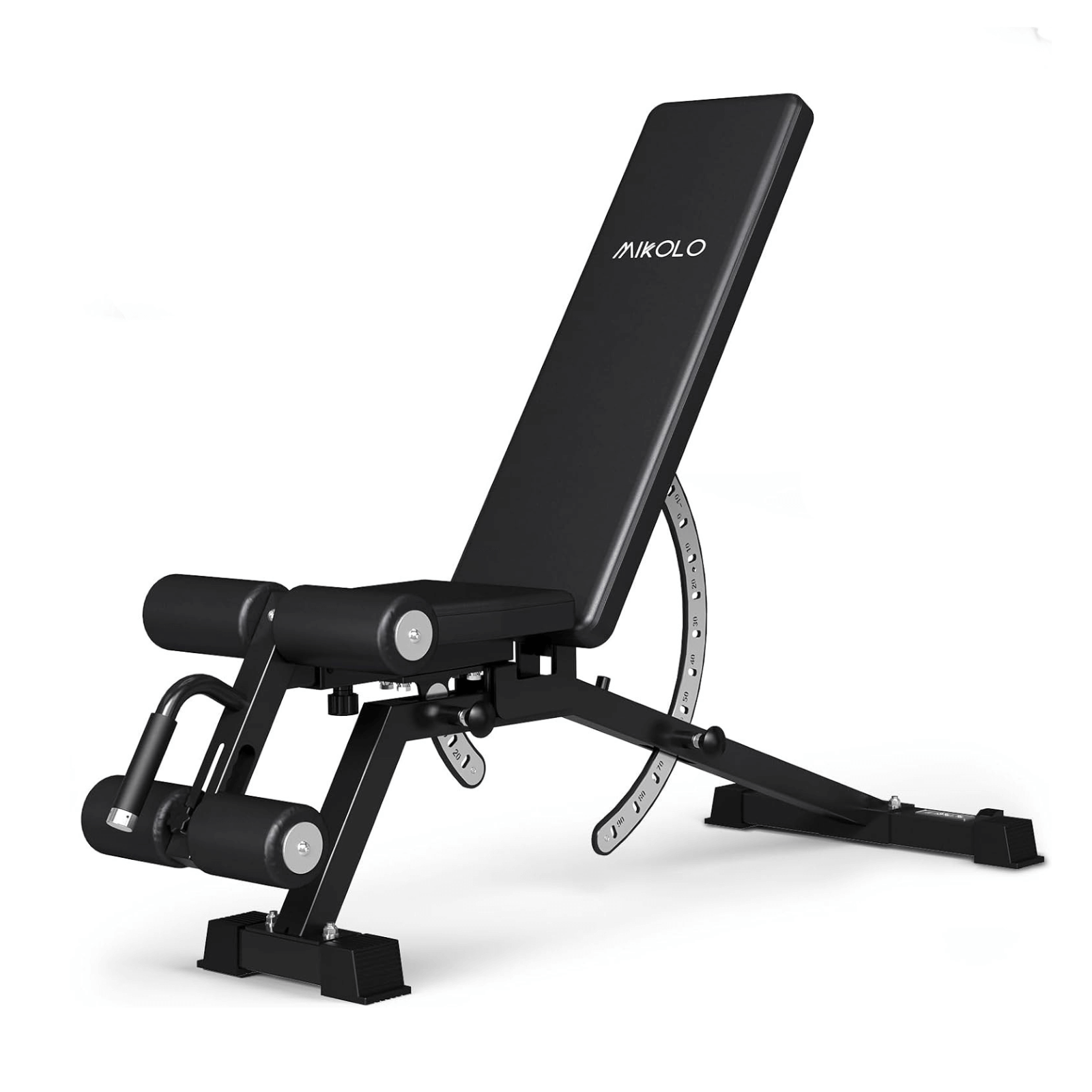

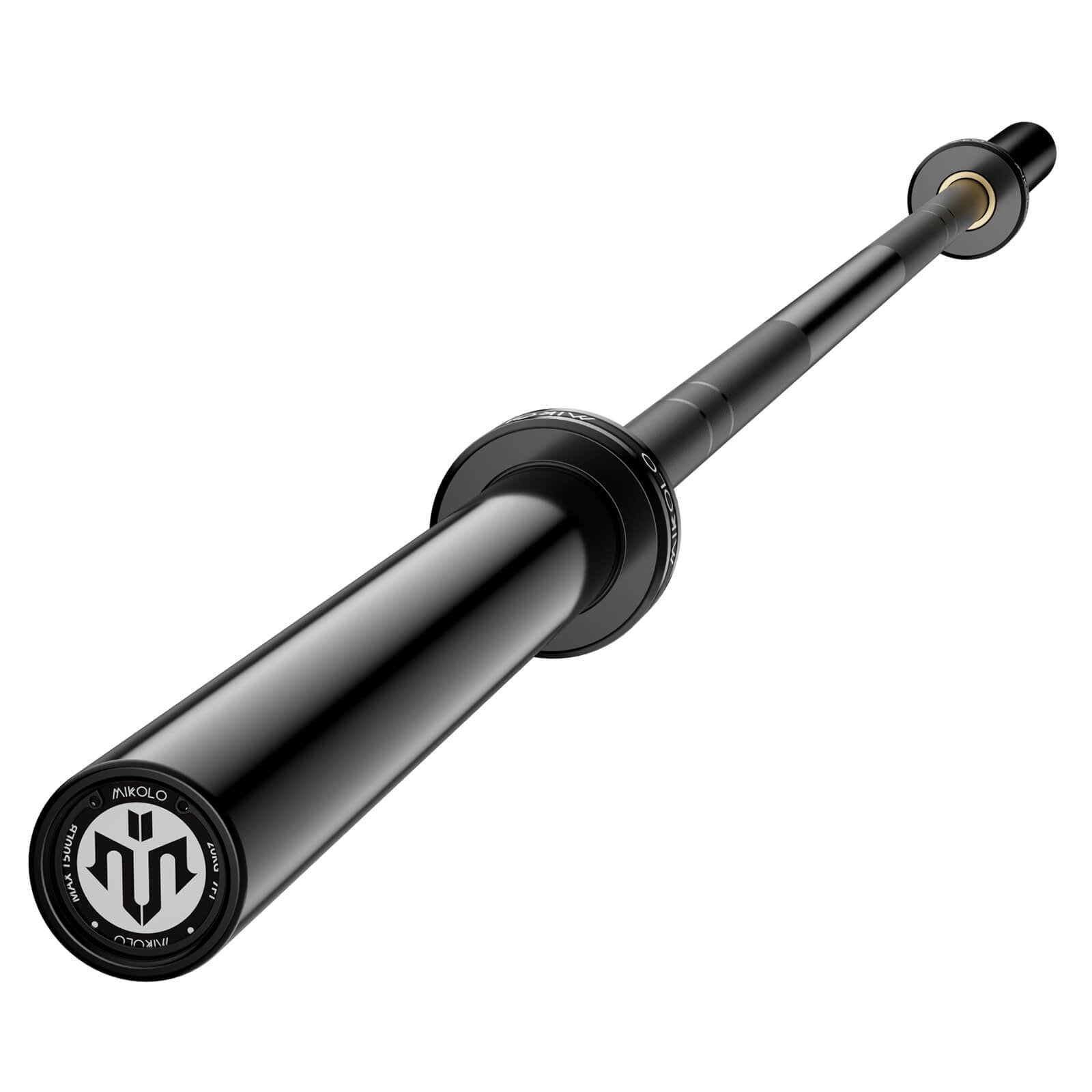
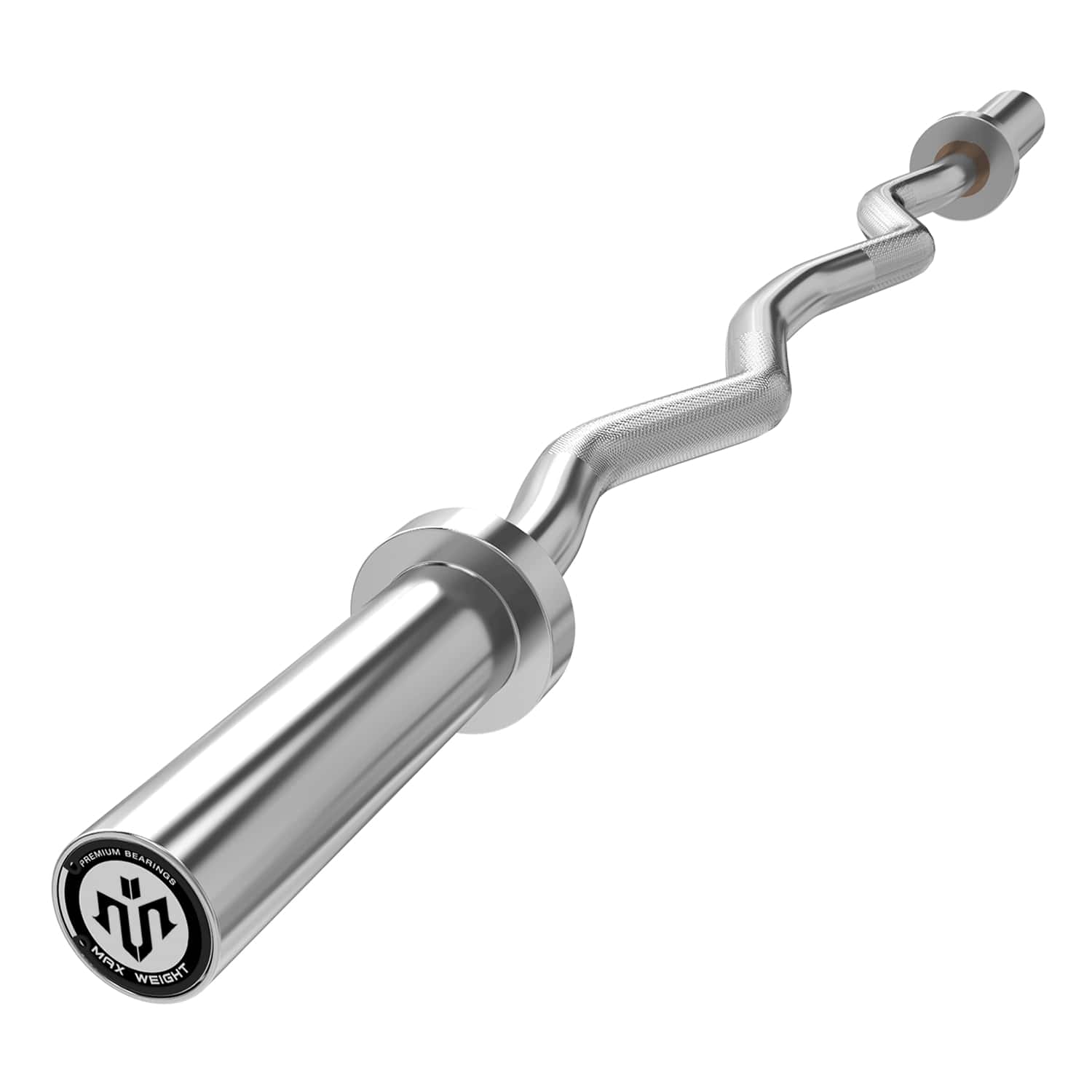
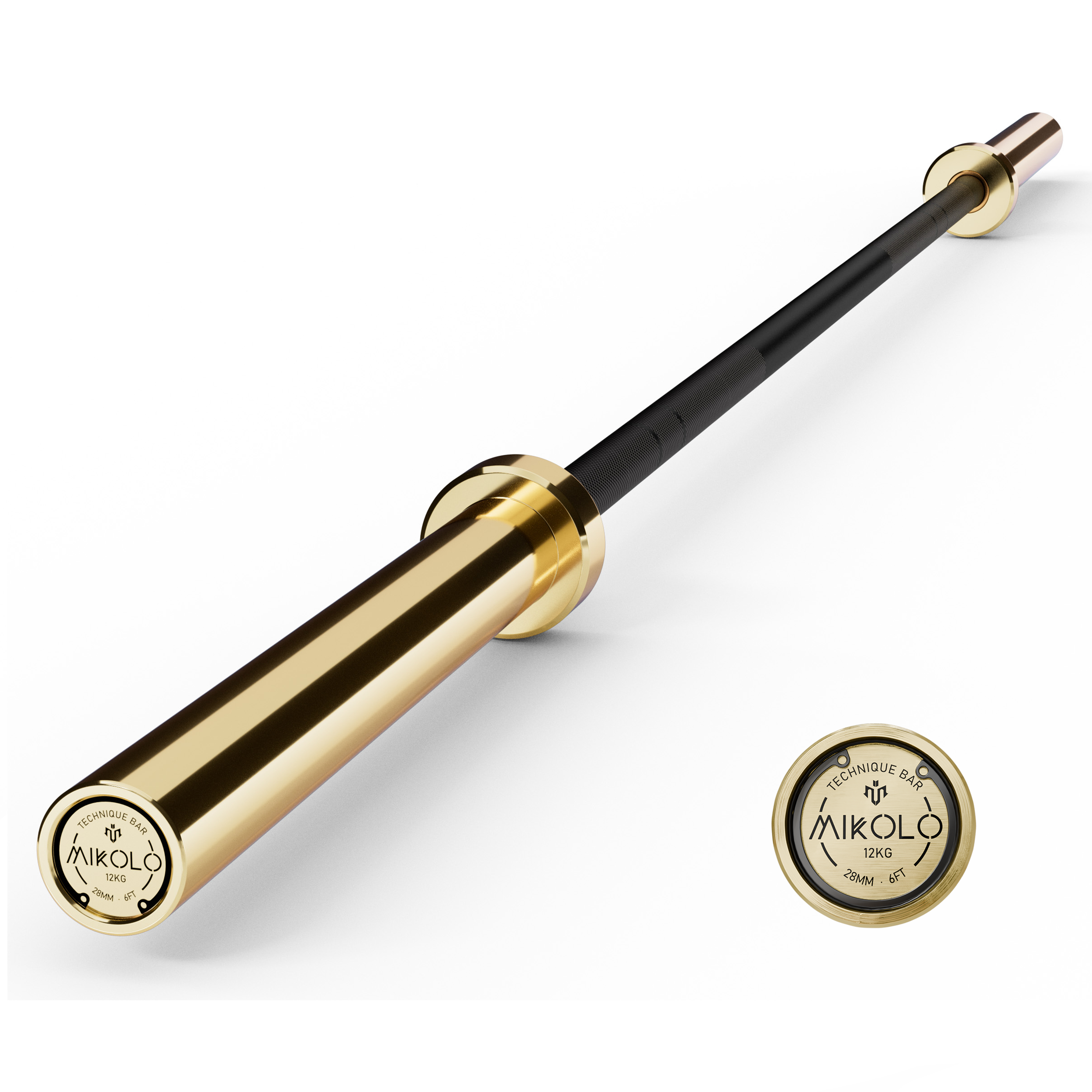
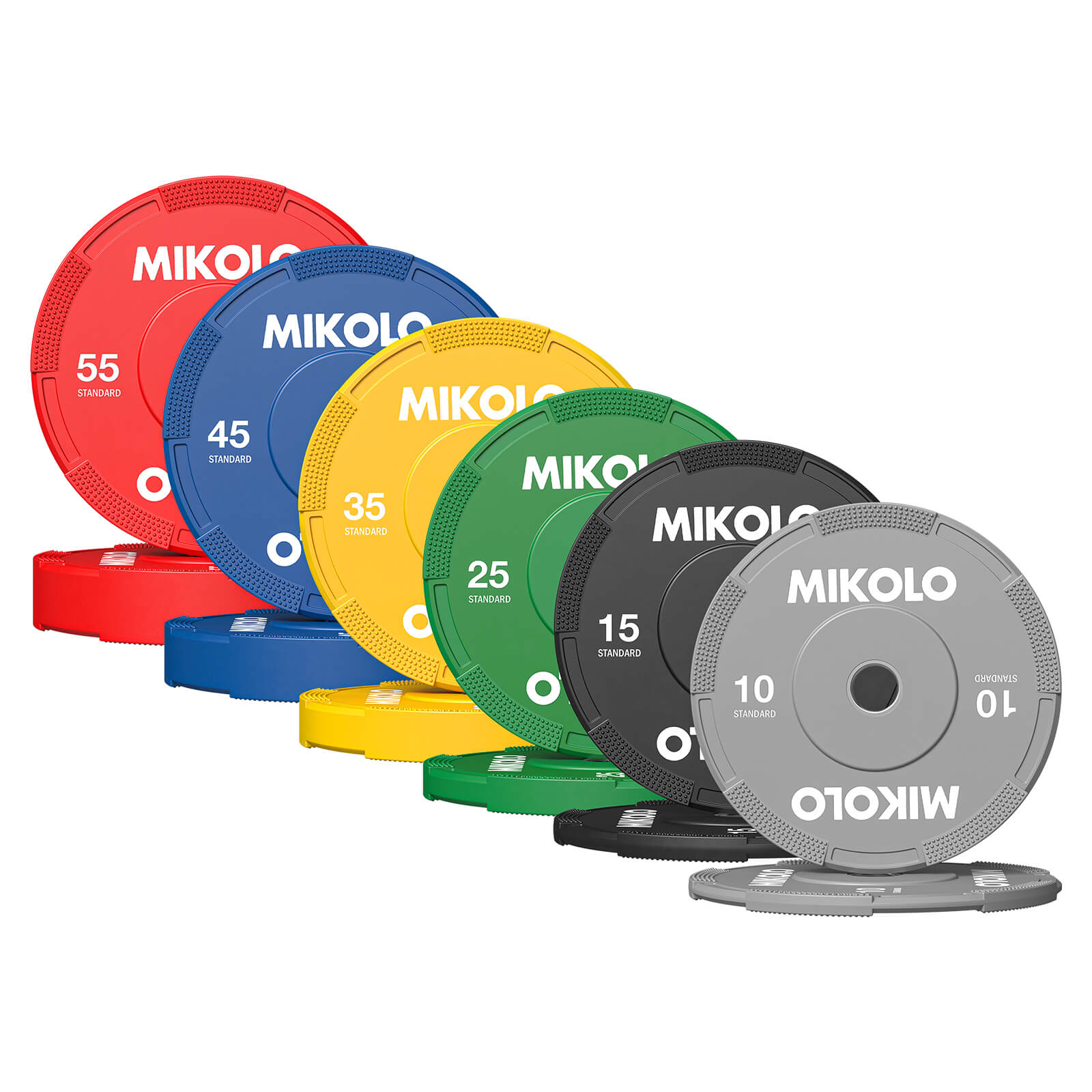
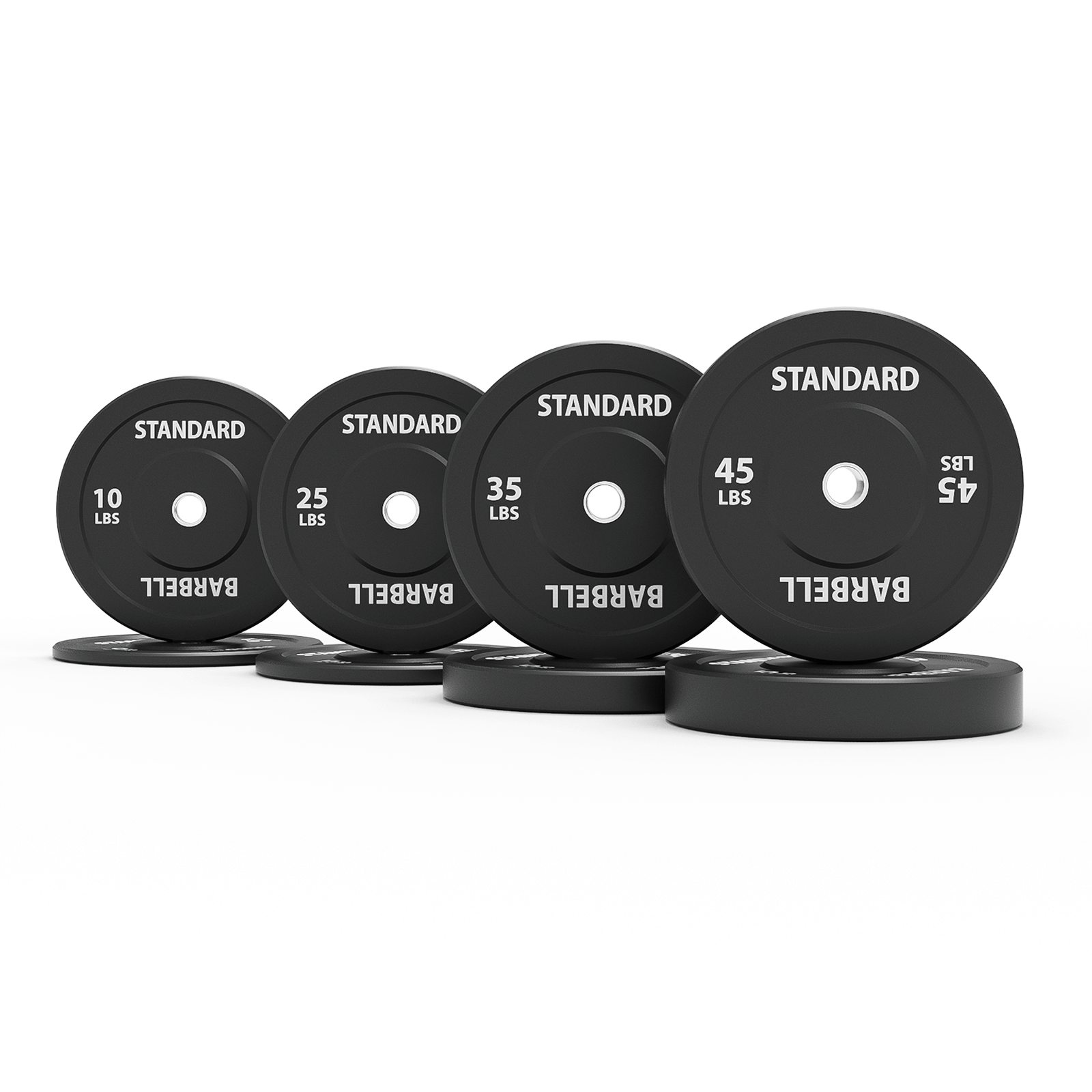


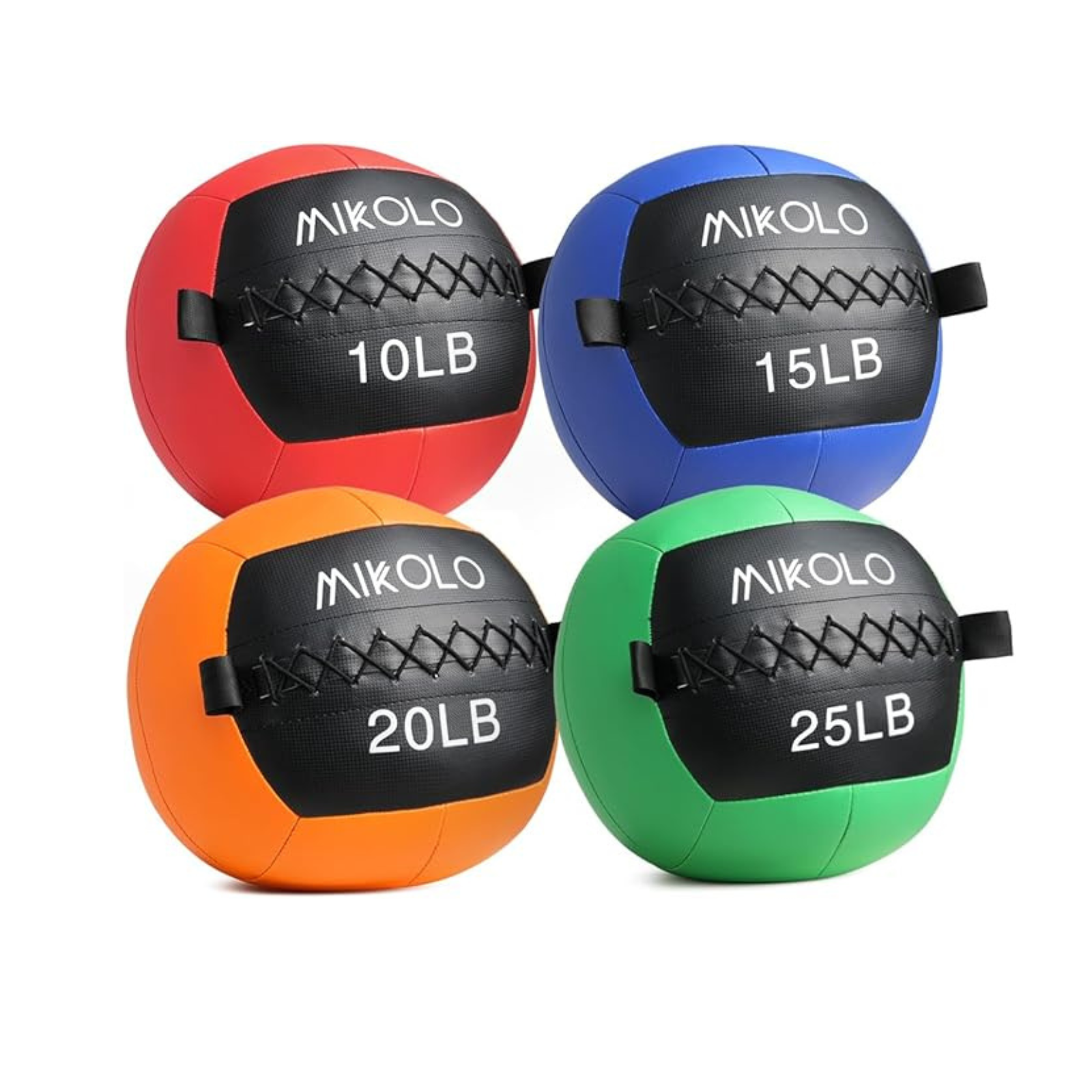
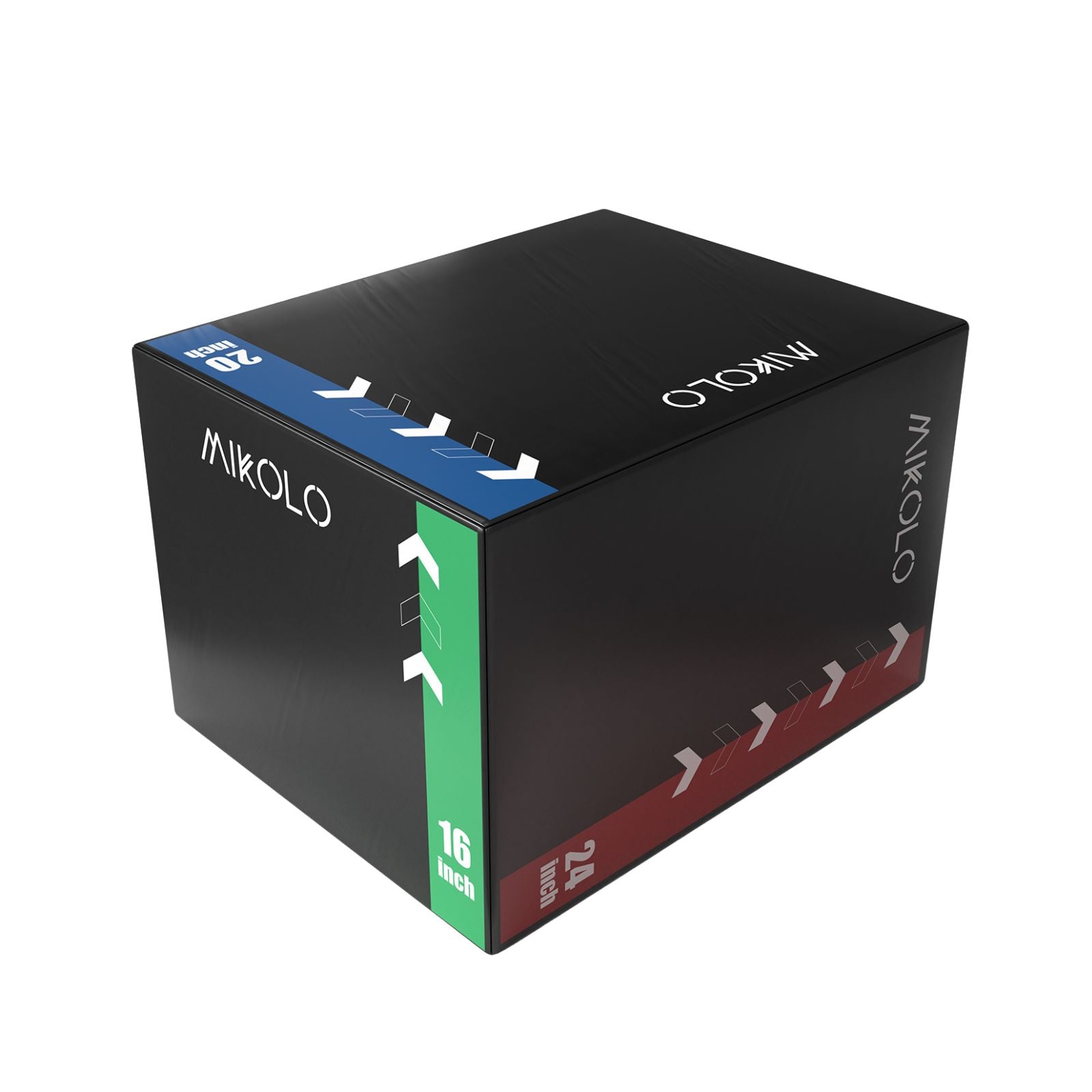
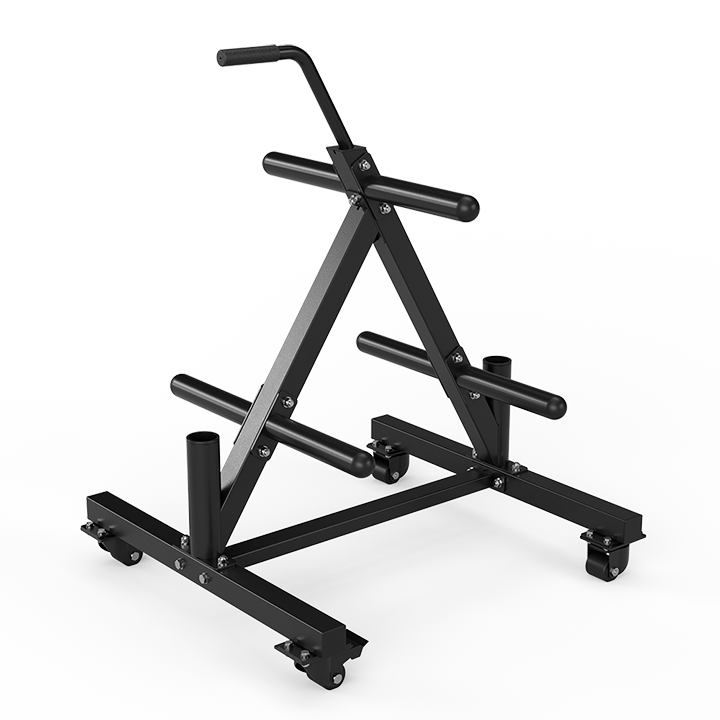
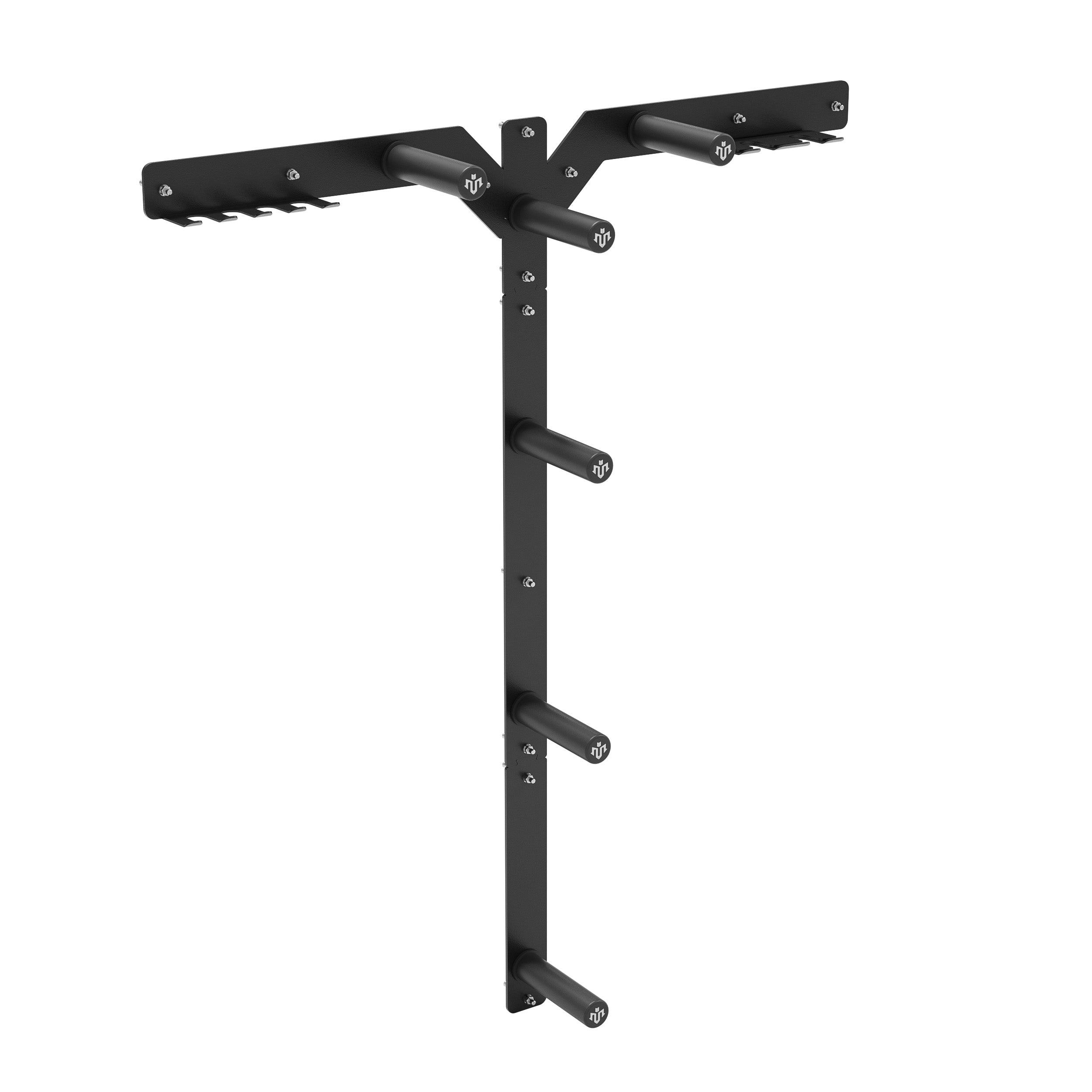




Leave a comment
This site is protected by hCaptcha and the hCaptcha Privacy Policy and Terms of Service apply.